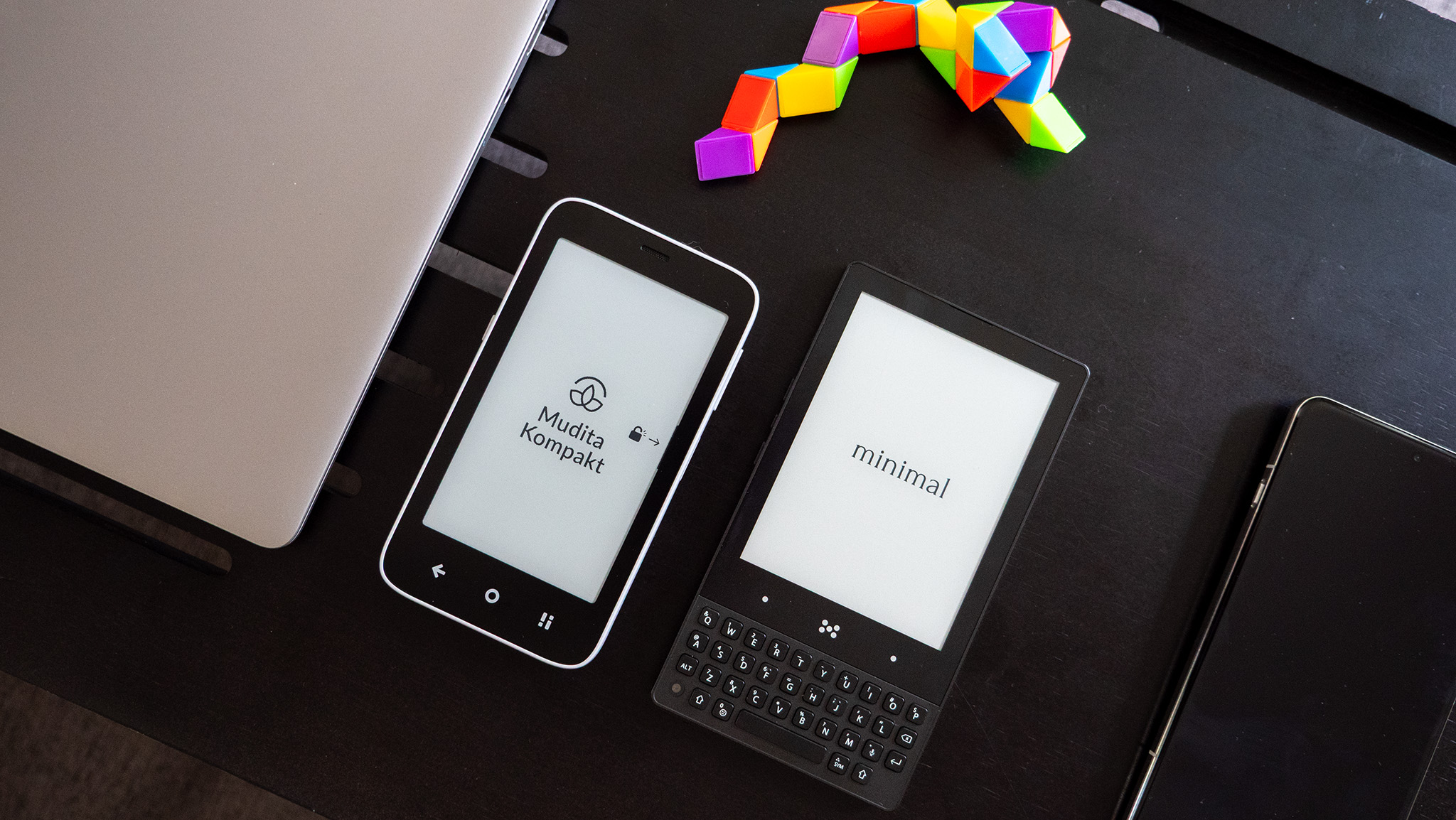NVIDIA Shield Tablet LTE hands-on and impressions
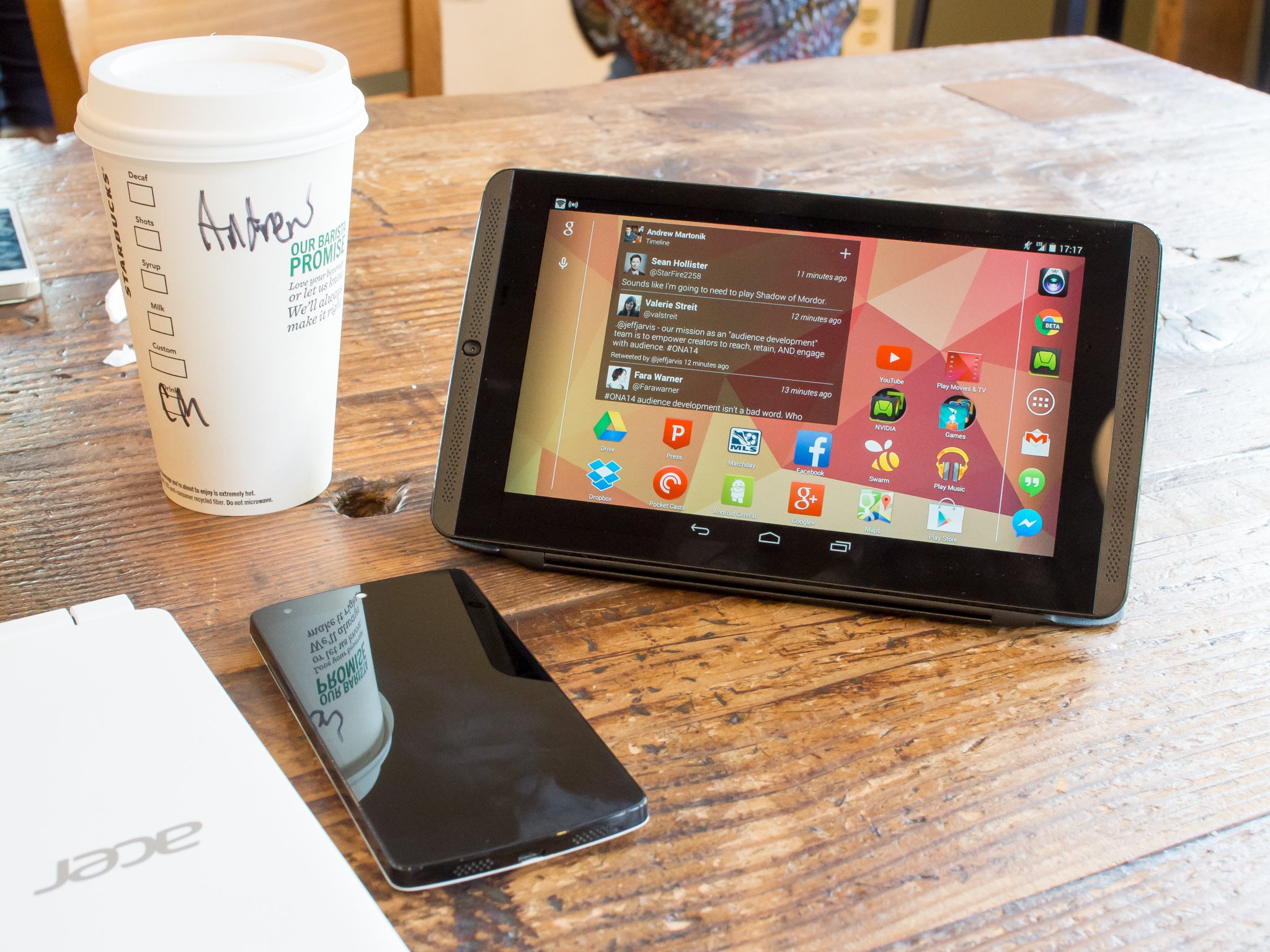
Take a great tablet and add more storage and LTE for just $100 — it's a solid value
Between different colors, storage sizes and mobile data options, you can easily get lost in a SKU-a-polooza when buying a tablet. NVIDIA is thankfully offering just two models of the new Shield Tablet — one with 16GB of storage, and another with 32GB and an LTE radio inside. I've had the lucky opportunity to use the latter version after reviewing the original fully, and have compiled some of my thoughts on using one of the better tablets of 2014, now with mobile data inside.
Thankfully there's not a whole lot to write home about when it comes to using the Shield Tablet LTE when compared to the original version — you're getting the same experience now as you would with the Wifi model, but with a bit more mobility this time around. Having LTE on board does afford you some freedom and open up the possibilities of what you can do with your tablet, though, and I found it to be quite a nice experience. Read along to see our impressions of the NVIDIA Shield Tablet LTE.
The same Shield Tablet we know
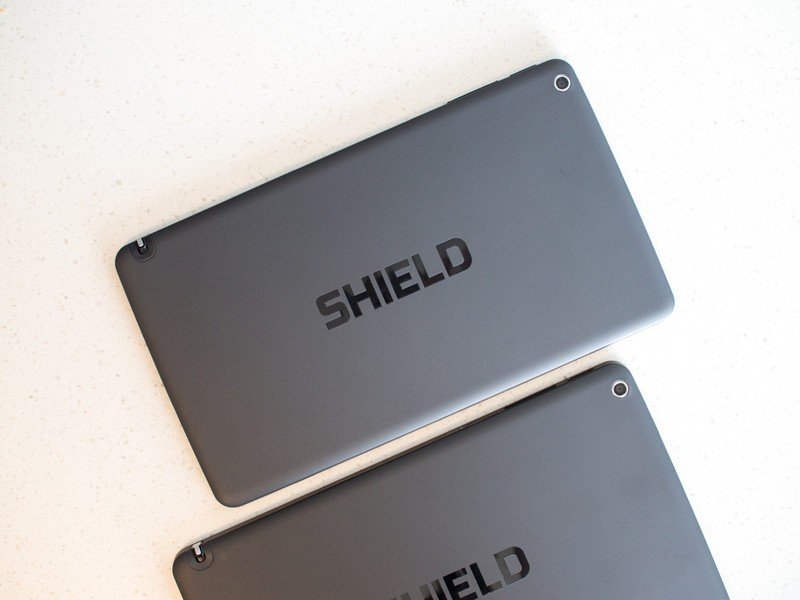
it really is the same Shield Tablet, now with more storage and LTE.
One of the greatest things about the Shield Tablet with LTE is that it is in every way identical to its Wifi-only counterpart. From the hardware and design to the software and experience, everything that you can do on this tablet you can do on the first model that was released a couple months ago. You have a blisteringly powerful Tegra K1 processor, 2GB of RAM and of course a stylus in tow. There really are just two changes to be had here — an extra 16GB of storage, and a cellular radio system.
- Read: NVIDIA Shield Tablet review
It interacts just the same with the wonderful (again, seriously wonderful) Shield Tablet Cover and of course the Shield Wireless Controller as well, really showing that there are no hardware differences of note here. It's worth reiterating that that's a good thing, as the Shield Tablet offers a pretty great experiences in both hardware and software. While it's a bit on the heavy side, the Shield Tablet feels solid and is very well built — our one gripe still being that the power button is a bit tough to press. At the same time you're getting a very familiar build of Android 4.4, with a few NVIDIA improvements for performance and gaming reasons.
Now with LTE and more storage
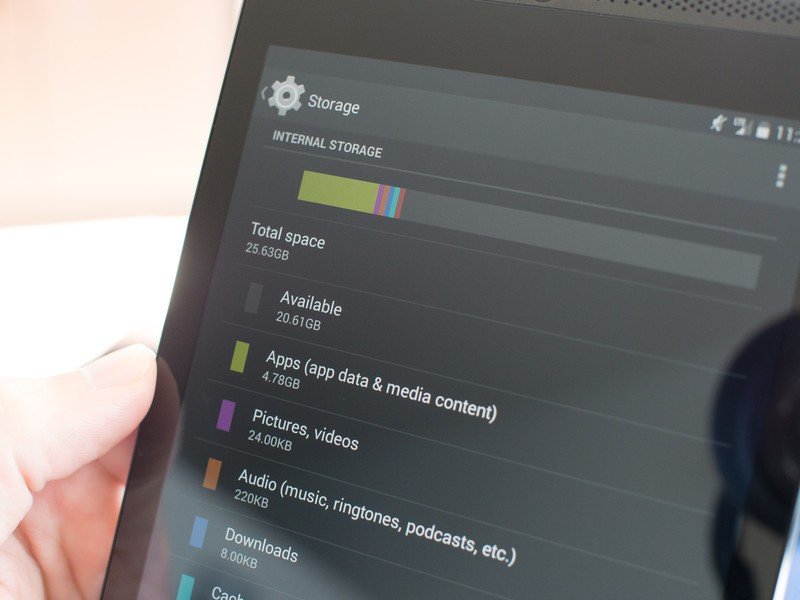
The SIM card slot — which is actually visible but inoperable on the original Shield Tablet — is simply a small flap with a push-push style slot that accepts a Micro SIM without a tray (meaning a nano SIM in an adapter isn't going to work). My review unit has an AT&T SIM in it, but the Shield Tablet actually comes unlocked out of the box and will work just fine on dozens of LTE networks around the world. It has the proper bands for T-Mobile here in the states as well, if you plan on going that route.
Be an expert in 5 minutes
Get the latest news from Android Central, your trusted companion in the world of Android
- More: NVIDIA Shield Tablet specs
MicroSD is still here if you need it, but with 32GB internal you probably won't.
On the storage side, I never actually ran up against the 16GB limit on my original Shield Tablet so it's hard to see much value personally in the extra storage. I know for those who plan on using their tablet for tons of local gaming and media it's a huge deal, though, and the Shield Tablet has a very comfortable 25.63GB of storage available. After installing my standard setup of apps — including a few games — I had just over 20GB free. That's plenty of breathing room for most people, and with this model you may not even need to use the included MicroSD card slot.
Getting things done on the go
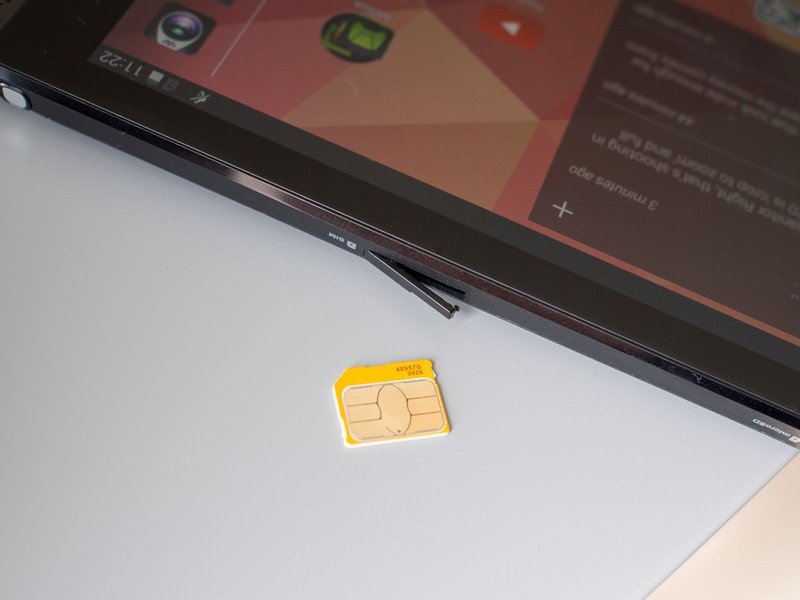
If you haven't ever used a tablet with mobile data connectivity, there's something oddly freeing about the experience. I realize this isn't something exclusive to the Shield Tablet LTE, but it's worth noting. Being at your local coffee shop, a public park or in the backseat of a car for a long trip and not having to hunt for a Wifi connection or turn on hotspotting on your phone is really nice for the few times a week you'll actually need it. And having the ability to use a the tablet — and by extension its huge battery — as a hotspot itself for your laptop and other devices is an added bonus.
Mobile data doesn't mean much for intense gaming, but it's great to have for everything else.
Considering that mobile data is still quite expensive — even on modern shared plans with larger data buckets — I still found myself wanting to latch onto Wifi when it was convenient, but not being required to get onto an open Wifi hotspot was extremely nice. It made me feel just a bit more independent with the tablet, and I found myself using it more than my Wifi-only Nexus 7 because of it.
From a gaming standpoint, LTE isn't quite as useful as you'd think at first. There are a ton of variables when it comes to doing real-time multiplayer online gaming, and throwing in the inconsistency of mobile data doesn't help the situation. If you're able to lock down a solid LTE connection with over 10mbps down and low ping times you can certainly hook up some casual online play, but trying something like GameStream over mobile data is going to be more spotty. The fact that mulitplayer gameplay and GameStream are at all possible over mobile data is quite amazing, but don't expect having LTE to change your gaming life forever.
- More: Buy the Shield Tablet LTE on Amazon ($399)
The Shield Tablet LTE continues to be a fantastic gaming device for local games and more intensive gaming over Wifi — just look to the LTE connection as being useful primarily for non-gaming apps and just a backup for gaming purposes unless you can consistently get an amazing data connection.
A solid value if you've already decided on the Shield Tablet
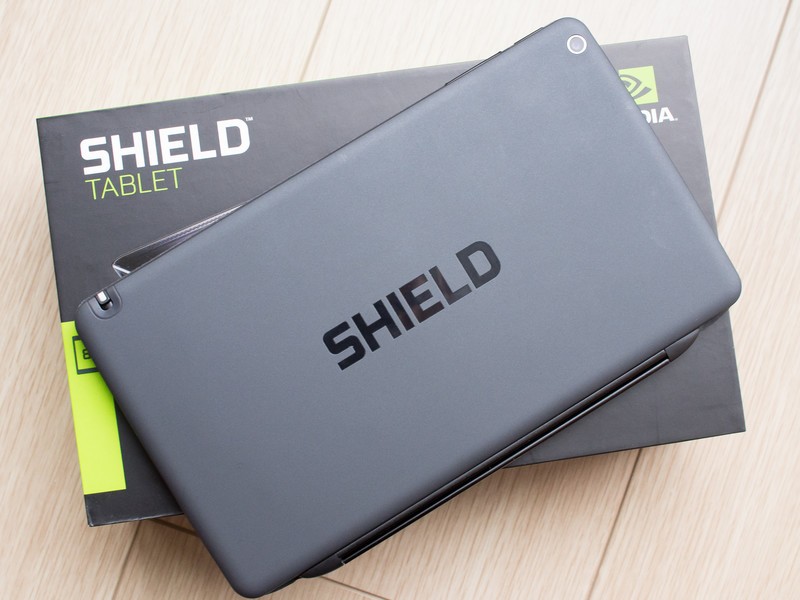
As I pointed out in my original review, you need to be ready to spend the money and go all-in with the Shield Tablet's (technically optional) cover and wireless controller to get the best experience. The same goes for the LTE model, and now we're talking about a total price of $500 when you add in the accessories for a tablet that's arguably no better for gaming than the Wifi-only model. Even if you choose not to go with the controller, you're still looking at a hefty $440 for an 8-inch tablet.
That's a lot of cash to drop on a single device, to say nothing of the price of adding a data plan to it. You better be really sure that you're going to take advantage of that extra storage and mobile data, as well as all of the gaming prowess of the Shield Tablet, before spending $399 on this device. If not, the Wifi-only Shield Tablet is still a great tablet in many respects — and I'll venture it's probably going to be the choice for the vast majority of Shield Tablet buyers. And for those who want to go all-out and have every bell and whistle, their 32GB LTE-enabled Shield Tablet is now there for the taking.
Andrew was an Executive Editor, U.S. at Android Central between 2012 and 2020.

